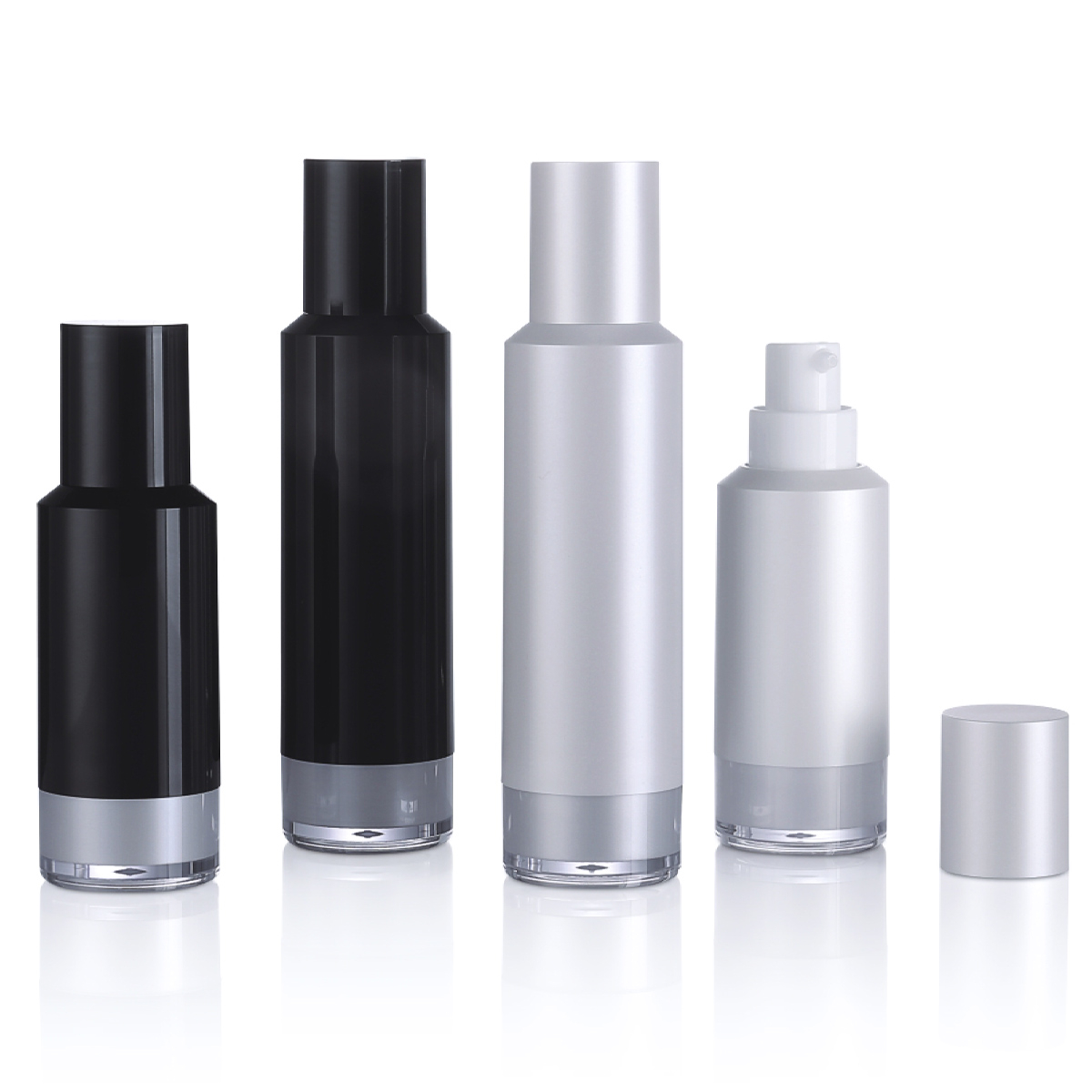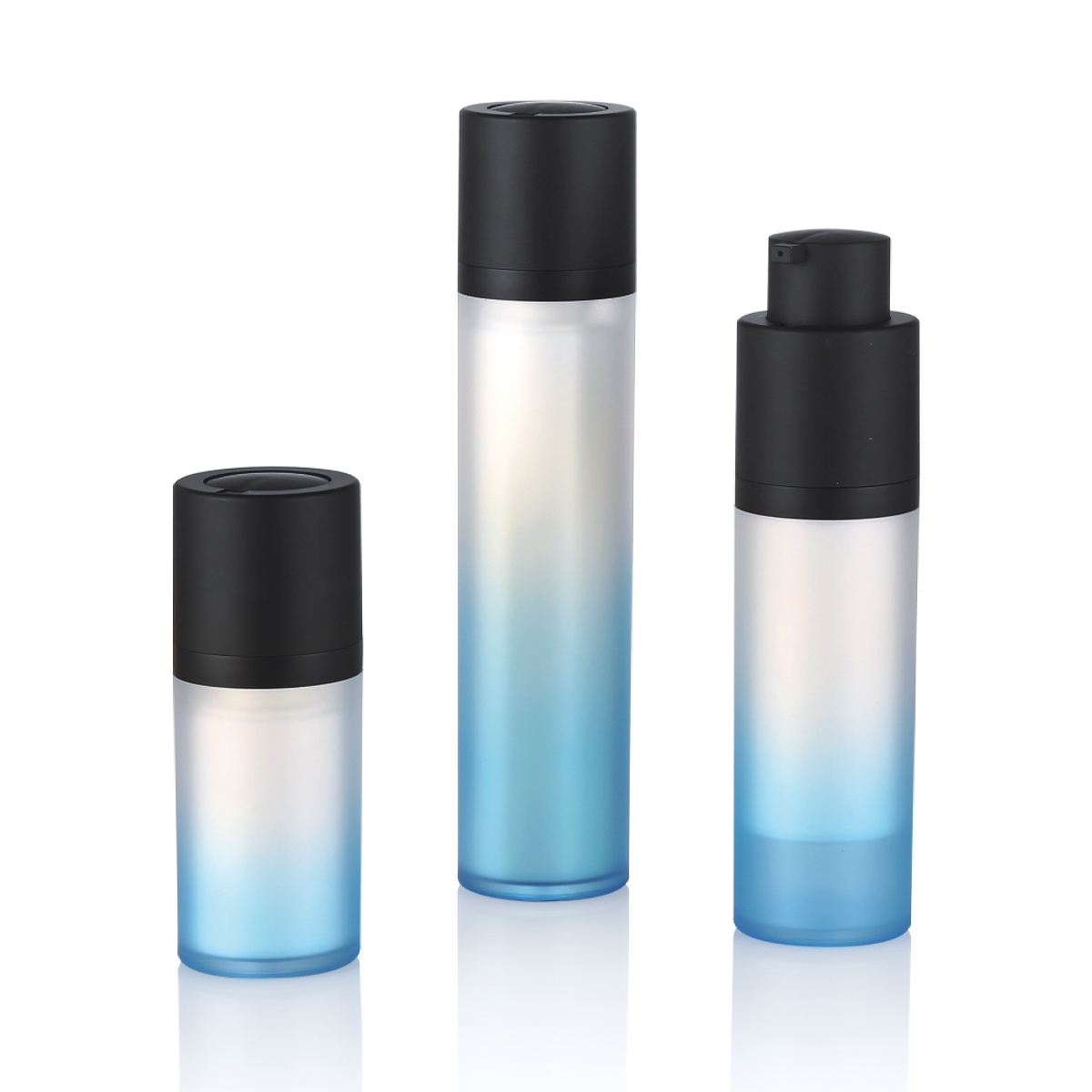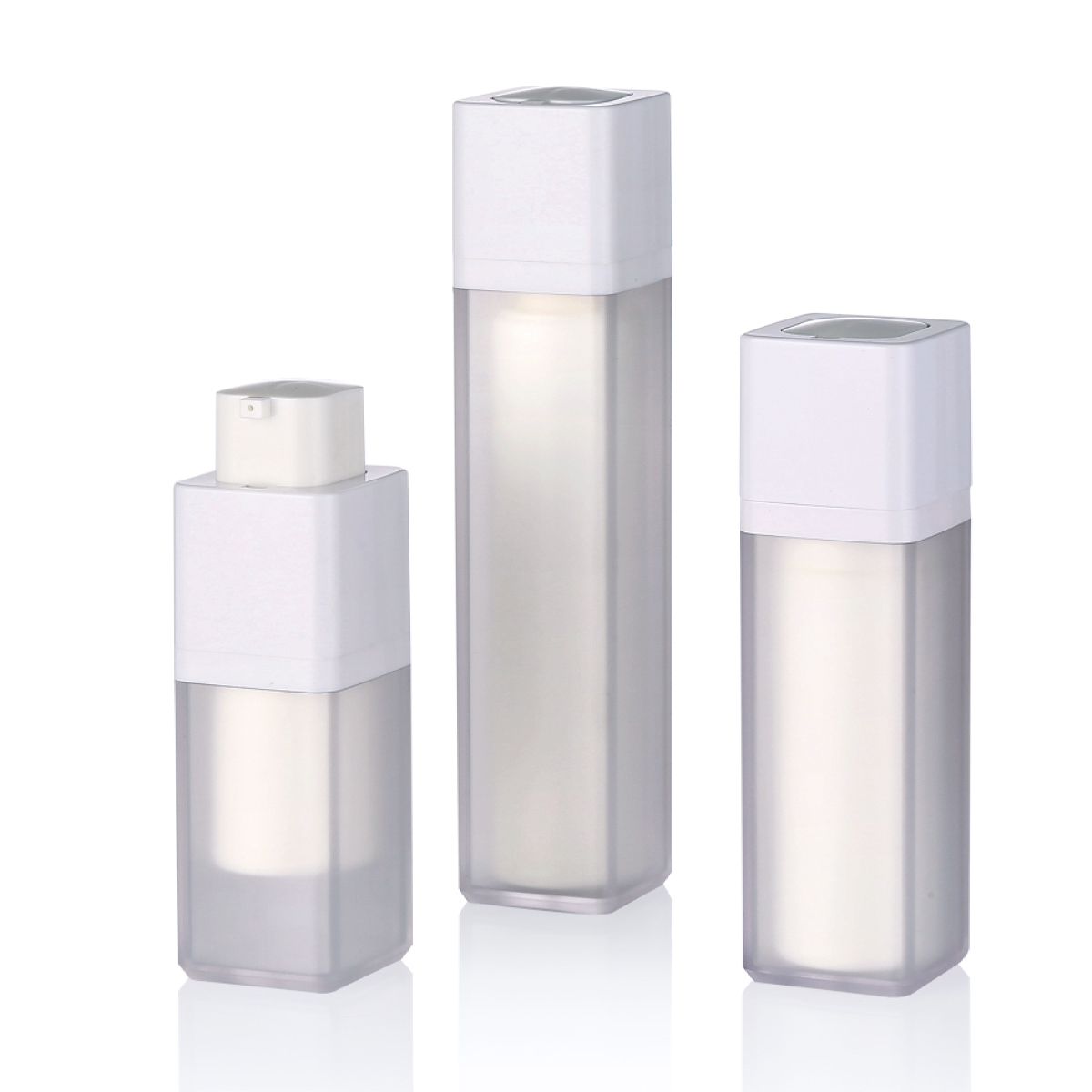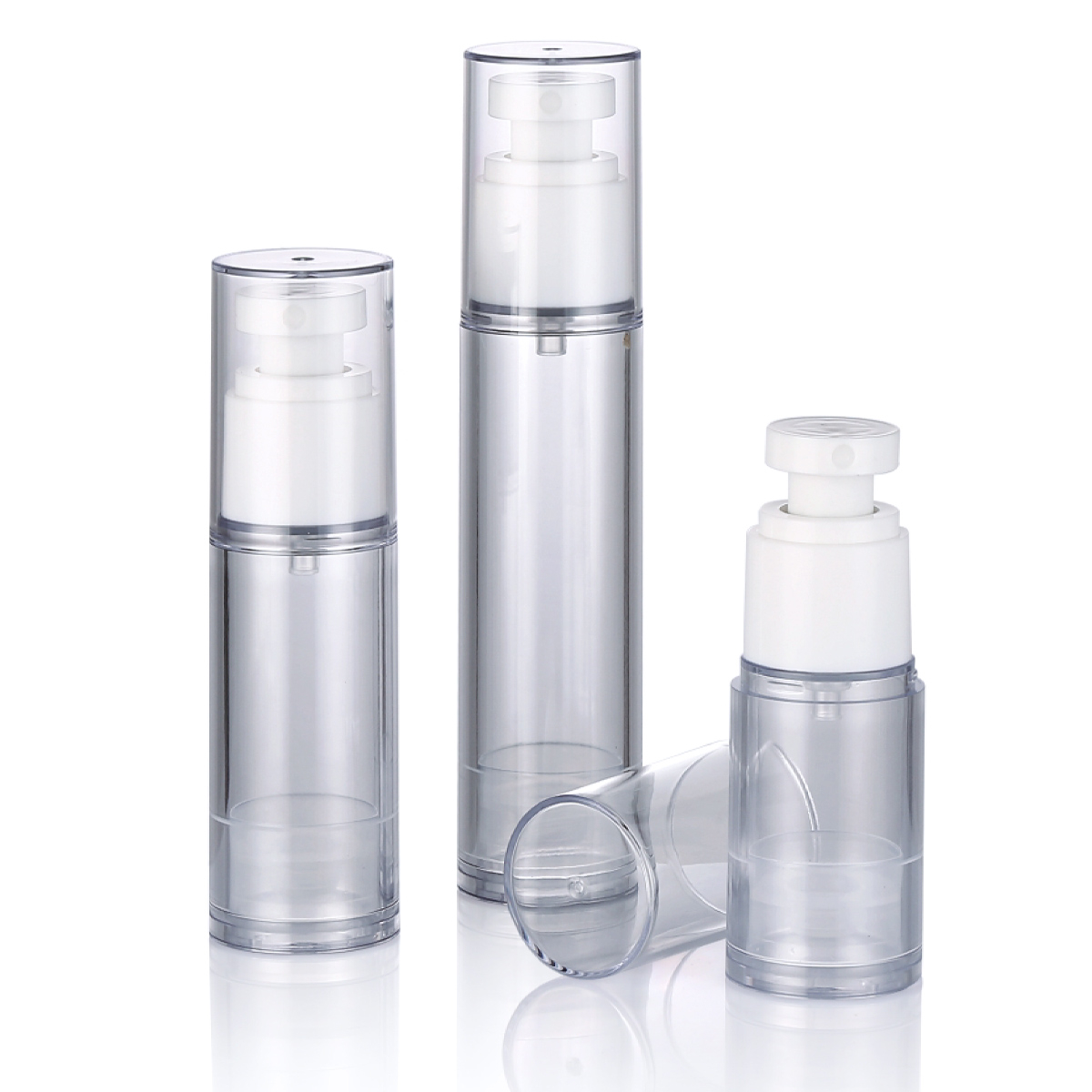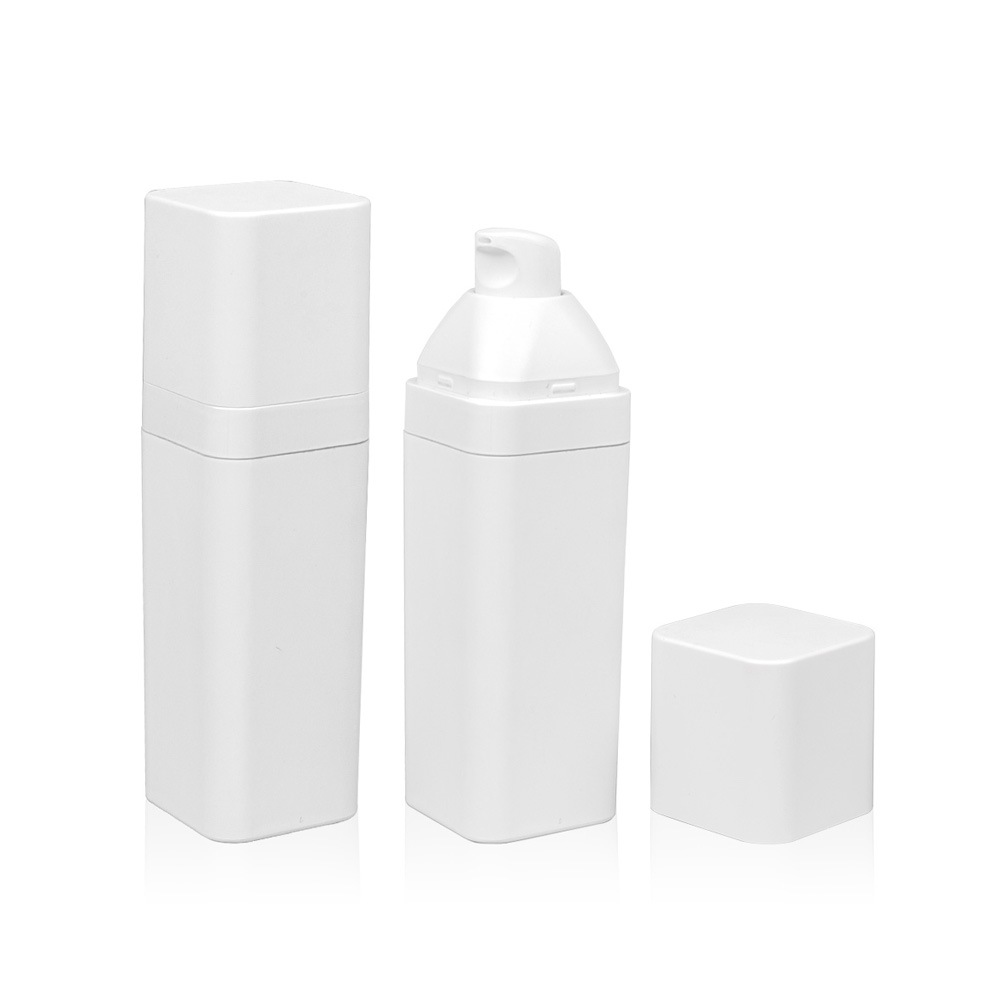The sleek, modern design of airless bottles has become a staple in skincare, promising extended product freshness and protection. Their key claim? Preventing contamination. But can they truly deliver complete protection?
How Airless Bottles Work: A Barrier Against Air Unlike traditional jars or pump bottles, airless systems operate on a simple yet effective principle:
- Vacuum-Sealed Mechanism: A piston or diaphragm sits at the bottom of the bottle.
- Pressurized Dispensing: When the pump is pressed, it pushes this piston upwards.
- Airless Environment: As product is dispensed, the piston rises, eliminating any air space within the bottle. Product is only dispensed through the pump stem; no air is drawn back in.
The Contamination Shield: Significant Advantages This design offers powerful advantages for minimizing certain types of contamination:
- Oxidation Prevention: By virtually eliminating air exposure, airless bottles dramatically slow down the oxidative degradation of active ingredients (like vitamins C and A, antioxidants) and oils. This preserves potency and effectiveness longer.
- Reduced Microbial Growth Risk: Since air (specifically oxygen) is necessary for the growth of many aerobic bacteria and molds, minimizing its presence significantly reduces the environment conducive to their proliferation. This is a major improvement over jars, where fingers introduce contaminants and air is plentiful.
- Preservative Burden Reduction: By limiting oxidation and microbial growth factors, formulations in airless bottles may require lower concentrations of preservatives, potentially benefiting sensitive skin.
- Physical Barrier: The pump mechanism itself acts as a physical barrier, preventing direct finger contact with the bulk of the product inside, unlike open jars.
The Myth of "Complete" Protection: Understanding the Limits While airless packaging offers significant protective benefits, claiming it provides "complete" or "100%" protection against all contamination is scientifically inaccurate and potentially misleading. Here’s why:
- Initial Fill Contamination: The bottle and its internal mechanisms must be sterile during manufacturing. The product itself must be free of contaminants before filling. Contamination introduced at this stage remains sealed inside.
- Pump Stem Vulnerability: The narrow pump stem, though a barrier, is not hermetically sealed to the outside world. Trace amounts of air or environmental microbes could theoretically enter this pathway over time, especially if the pump mechanism isn't perfectly sealed or is compromised through damage or wear. Microbial growth within the dispenser stem is a known, though reduced, risk.
- Surface Contamination: Product residue inevitably remains on the dispenser nozzle after each use. This residue is exposed to air and can potentially harbour microbes between uses. While this doesn't contaminate the internal bulk product immediately, touching the nozzle and then dispensing product can transfer surface contaminants into the fresh product coming out.
- User Hygiene: How the product is used matters. Touching the dispenser nozzle with dirty hands introduces microbes directly to the exit point. Placing the bottle on unclean surfaces can also transfer contaminants to its base and potentially the nozzle.
- Product Composition: Water-based products are inherently more susceptible to microbial growth than anhydrous (oil-based) formulas, regardless of packaging. Preservatives remain essential, even in airless systems.
- Damage and Wear: A cracked bottle body, a damaged pump mechanism, or a compromised piston seal can break the protective barrier entirely, allowing air and contaminants direct access.
Best Practices: Maximizing Protection with Airless Packaging To leverage the significant protective benefits of airless bottles while acknowledging their limits:
- Maintain Cleanliness: Always wash your hands before using skincare. Wipe the dispenser nozzle periodically with a clean alcohol wipe (ensure it's compatible with the bottle material to avoid damage).
- Avoid Direct Contact: Never touch the dispenser nozzle directly onto your skin or fingers. Dispense onto clean hands or an applicator.
- Store Properly: Keep bottles away from direct sunlight, heat, and humidity, which can degrade both the product and potentially the packaging materials over time.
- Monitor for Damage: Inspect bottles periodically. If the pump stops working smoothly, the bottle cracks, or you notice any leaks, discontinue use.
- Respect Expiry Dates: Airless bottles extend product life by reducing oxidation and microbial risks, but they do not make products immortal. Always adhere to the Period After Opening (PAO) symbol timeframe or expiration date.
- Understand Preservatives: Do not assume an airless bottle eliminates the need for preservatives. They remain a crucial safety component.
Airless bottles represent a significant advancement in cosmetic packaging, offering far superior protection against oxidation, external air exposure, and microbial contamination compared to jars and many traditional pumps. They effectively preserve product integrity and potency longer.
However, the notion that they provide "complete" or "100%" protection against all forms of contamination is a misconception. Vulnerabilities exist at the point of dispensing, rely heavily on manufacturing sterility and initial product purity, and are influenced by user habits and potential packaging deterioration.
View airless bottles as a powerful tool for dramatically minimizing contamination risks, not as an infallible forcefield. Combine their inherent advantages with rigorous hygiene practices for the safest and most effective skincare experience. Their strength lies in significantly reducing contamination vectors, not magically erasing them entirely.

 English
English 中文简体
中文简体 Español
Español عربى
عربى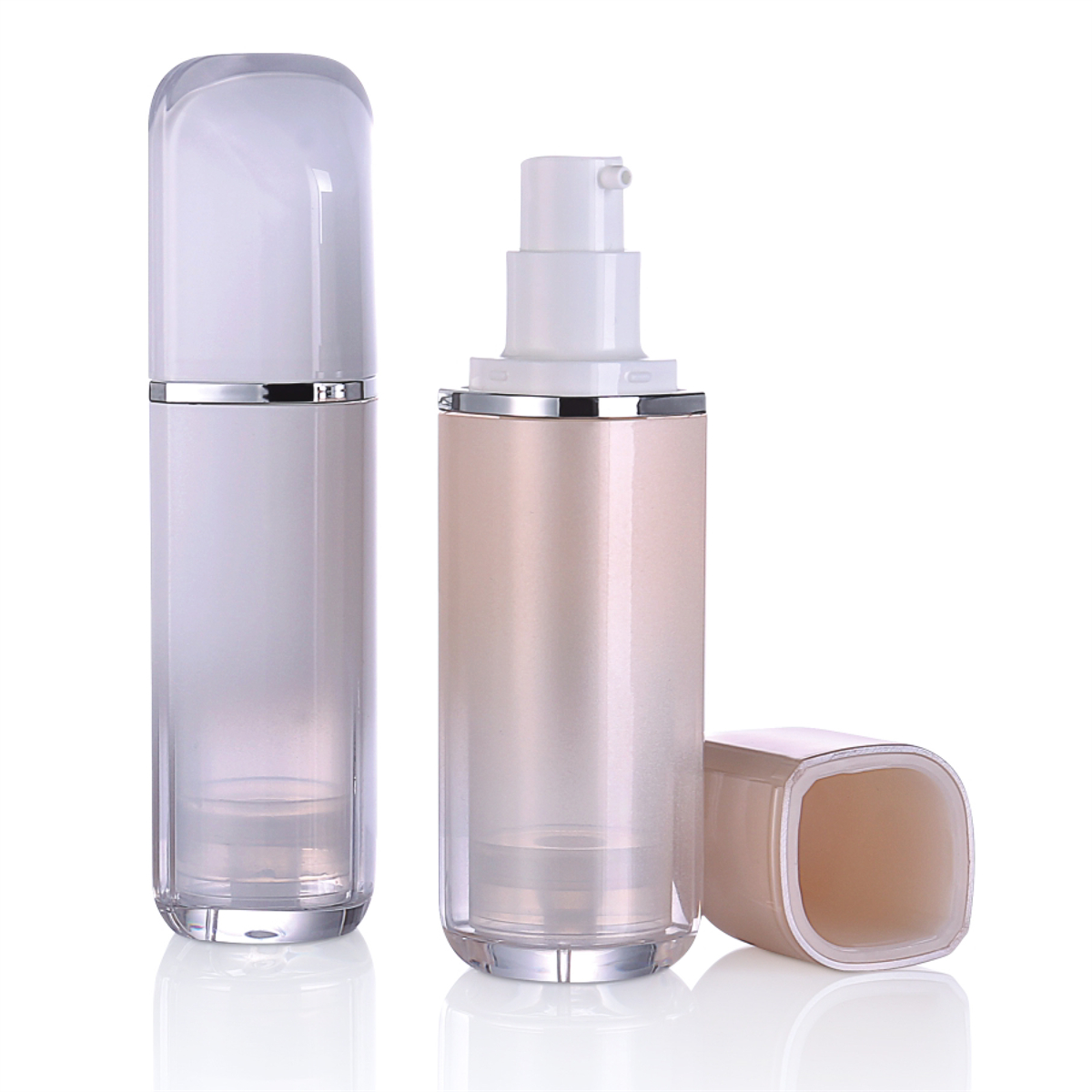
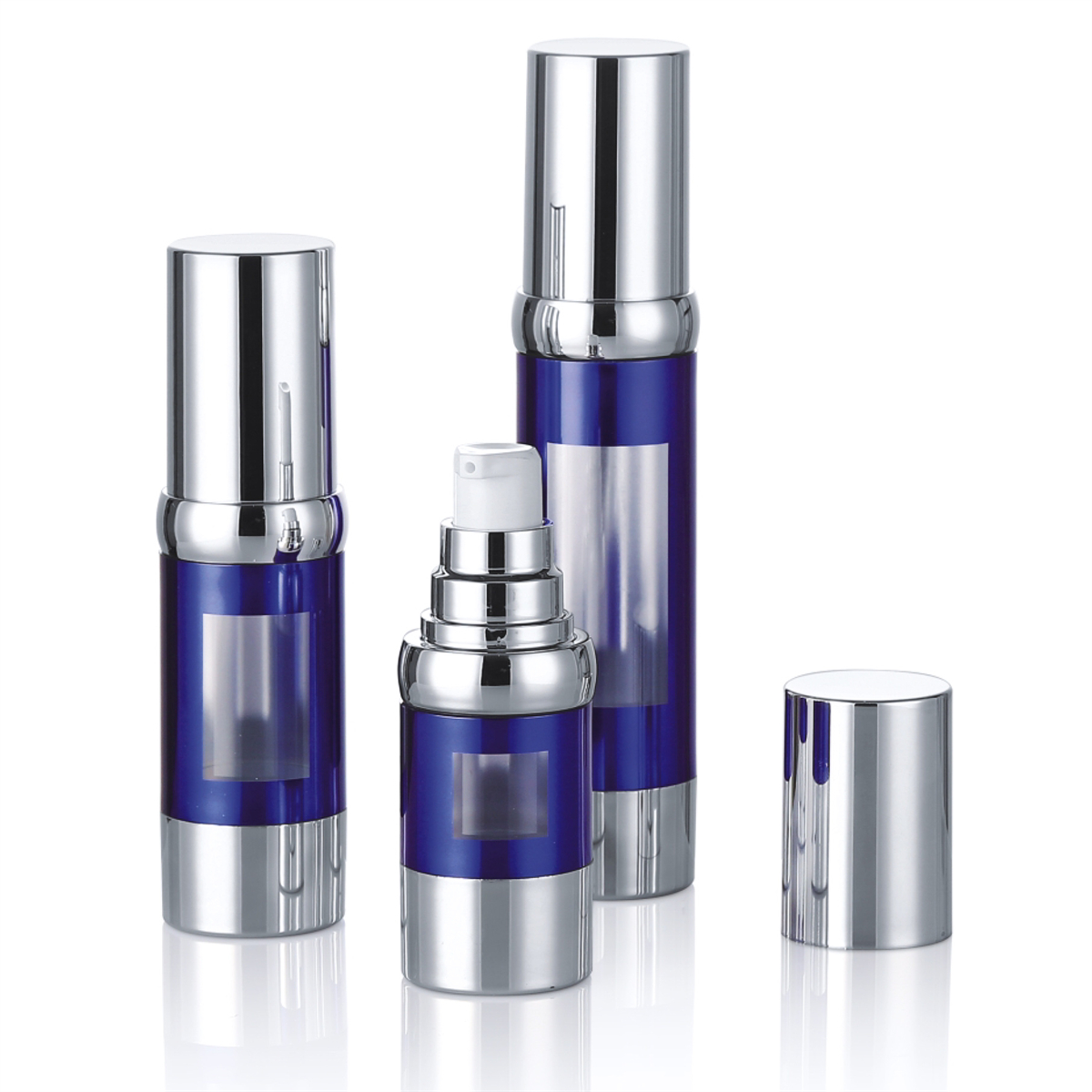
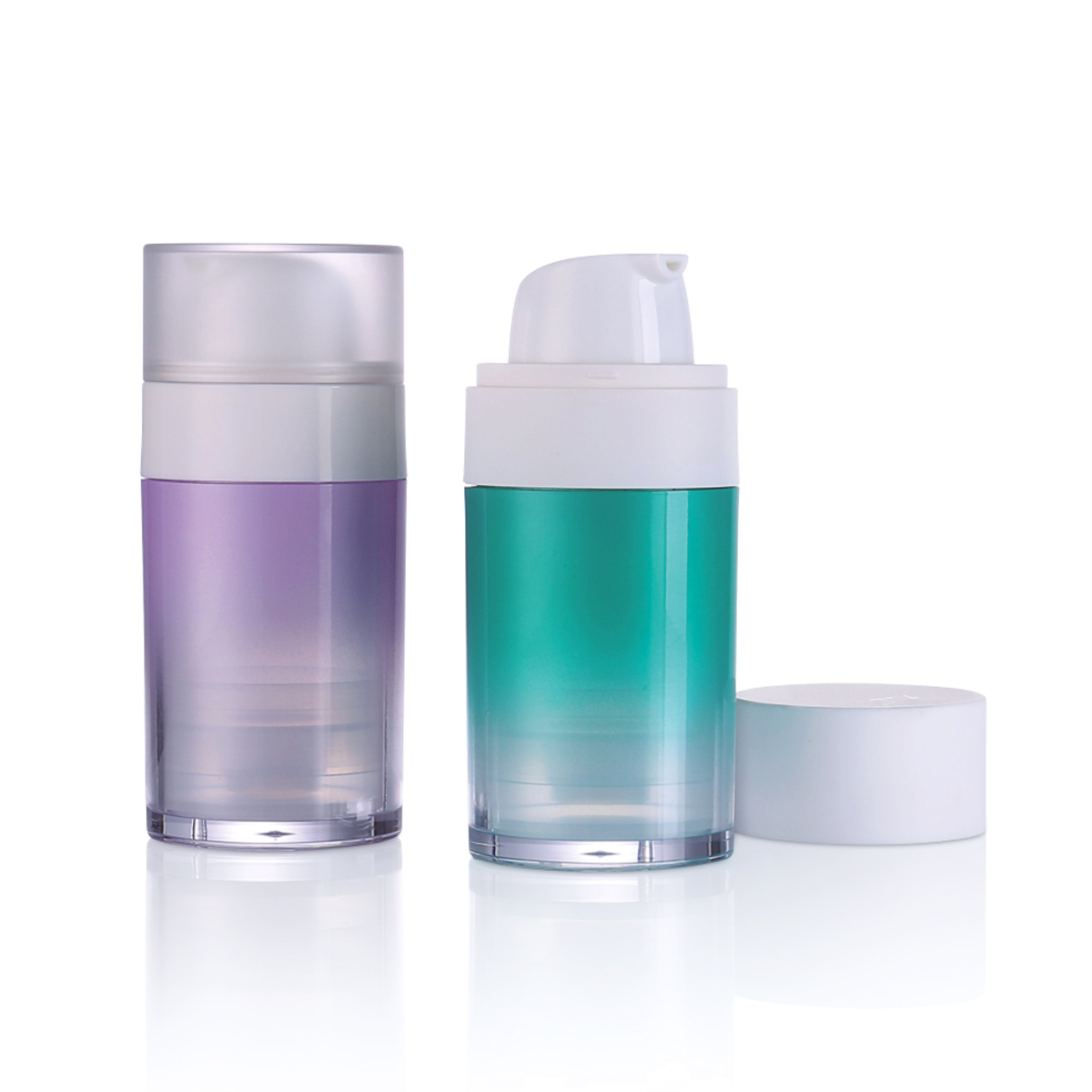
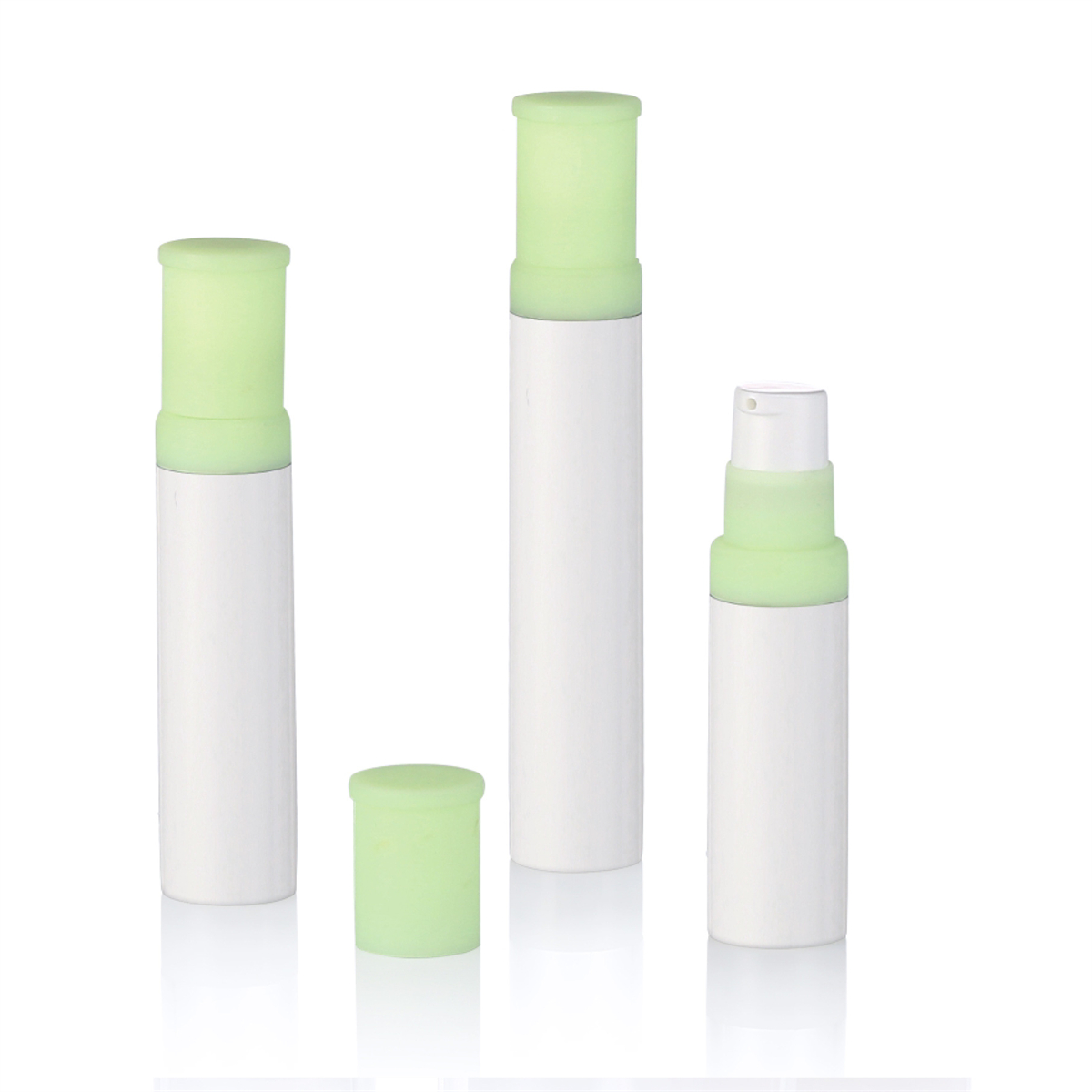
.jpg)
